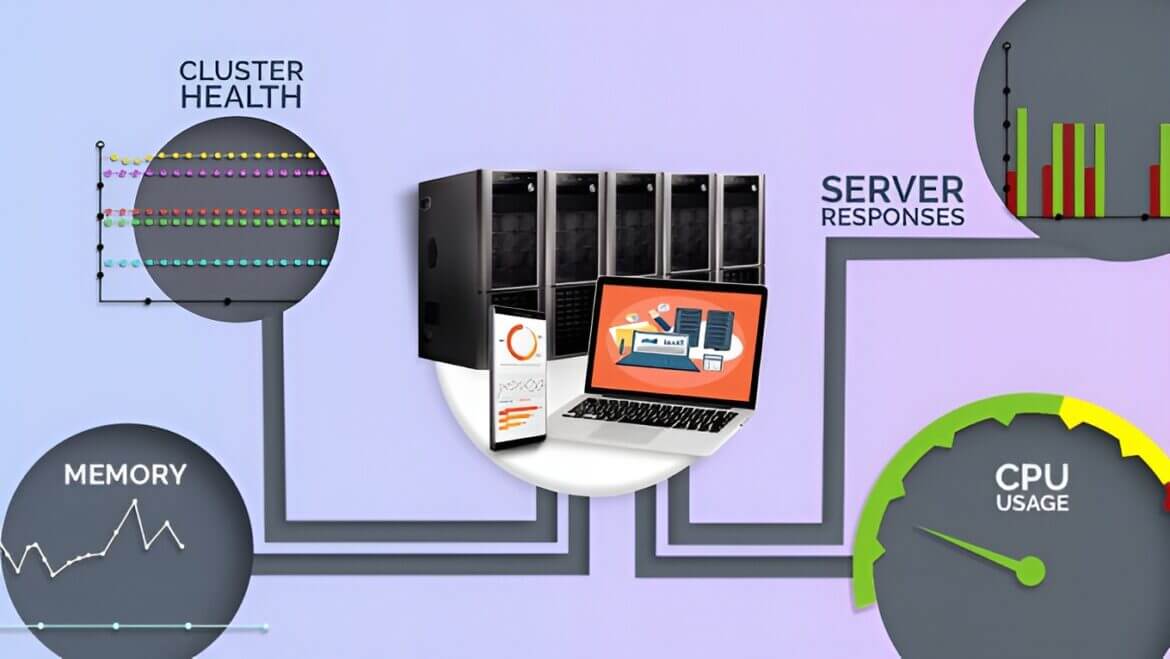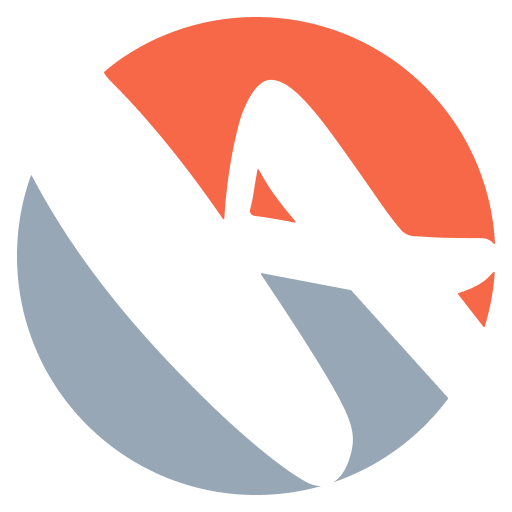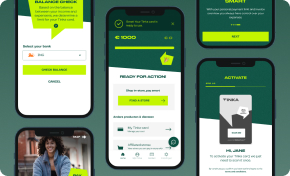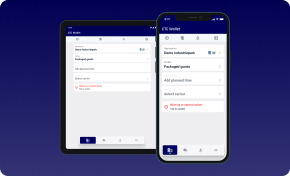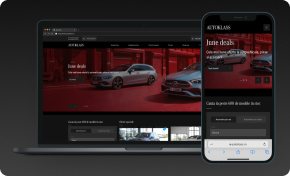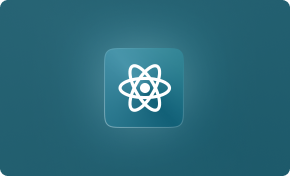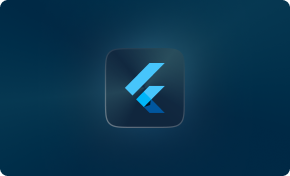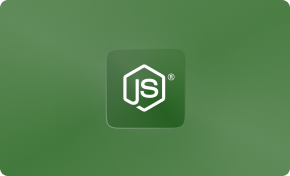Tracking and monitoring software can significantly impact IT-related businesses. Whether selling a service or a product, data on system functions and user actions can be crucial. User privacy, particularly with the introduction of GDPR, is essential, but this article focuses on other aspects.
Redefine Your Business with Digital Transformation
Innovative Digital Solutions, Designed for Your Unique Needs
Explore Digital TransformationIt’s vital for startups and businesses to recognize that tracking and monitoring is a must-have, as it can influence success or failure. An effective tracking and monitoring solution assists in:
- System behavior under various loads
- System outages
- Error and crash reporting
- Anonymous user action tracking
- Load time tracking
- Revenue statistics
Such a solution helps an IT business optimize its systems, discover errors and bugs, identify system outages, observe system behavior under different loads, and track revenue.
Although developing a tracking and monitoring solution can be costly, it offers significant value for businesses. For example, a subscription audio streaming service using a custom-built solution could track user numbers, successful and failed subscriptions, content load times, and bottlenecks during peak periods. This information helps businesses fix subscription errors, optimize content delivery based on usage data, identify high-load timeframes, and scale web infrastructure accordingly.
Why Opt for a Custom Tracking Solution Over Ready-Made Options?
Though ready-made solutions like Google Analytics or Flurry Analytics may suffice in some cases, they have limitations in terms of customization and functionality.
Experience Expert IT Consultancy
Transformative Strategies for Your Technology Needs
Discover IT ConsultingCost can be another concern with these solutions. Both can become expensive when the number of reported events per timeframe exceeds a certain limit. Additionally, many ready-made options need to provide access to raw data, which is essential for aggregating custom reports over time.
What general features are ideal for a real-time tracking and analytics system?
The aim of a real-time tracking and analytics system should be to address business-specific challenges and assist both business and technical teams in their endeavors. Here are some essential general features for such a system:
- Archiving raw data
- Real-time tracking capabilities
- Real-time visualizations
- Automated reporting
- Flexibility in defining tracking KPIs
- Ensuring user privacy and securing all information
- Monitoring online servers and services
- Error and crash tracking and reporting
- Client-side load time tracking
- Integration with a business intelligence tool or allowing integration with a BI-specific tool.
Focus on UI/UX Design to Drive Business Growth
48% of Consumers Consider Design a Key Factor in a Company's Credibility
Discover UI/UX DesignTechnology stack for developing a real-time tracking and analytics system
Below, we outline HyperSense’s recommended technology stack for developing a real-time tracking and analytics system.
Ingestion System: Depending on specific requirements, AWS Kinesis Data Firehose can be used as an ingestion system. Alternatively, a custom-developed Node.js API that writes data into a messaging queue like RabbitMQ or AWS SQS can be employed. Rapid ingestion and raw data archiving are two crucial aspects of the ingestion system.
Data Aggregation Layer: Raw data must be aggregated for fast queries. AWS Kinesis Analytics is a managed service option for this layer. For a custom solution, we suggest using Node.js microservices.
Aggregated Database: We recommend Elasticsearch due to its developer-friendly API, real-time analytics, ease of indexing, full-text search, and resilient clusters. Integration with Kibana is another significant factor.
Visualization Tool: Kibana is our first choice. If Kibana doesn’t suit your visualization needs, a Node.js, AngularJS, or Express.js solution using the Inspinia theme is our second option.
Cold Storage: AWS S3 is our preferred cold storage solution for raw data. Raw data can be invaluable for both business and development teams, so we recommend storing it in CSV formatted files.
Query Service on Raw Data: In situations where you need to query raw data without time for aggregation or implementing a custom aggregation algorithm, our choice for querying S3 stored CSV files is AWS Athena.
Notification System: Keeping team members informed of the latest changes and issues is essential. Our top choice is AWS Simple Notification System, as it can send multiple message types (email, SMS, HTTP calls).
Orchestration System for 3rd Party Integration: The orchestration system enables easy integration with other solutions, like Jira for automated bug or crash reporting, or reporting revenue information to an affiliate. For the orchestration system, we recommend using Node.js with Loopback.
Discover Our Development Teams
Boost Your Projects with Expert Software Development Teams
Get Your Development TeamIf you’re looking to develop a real-time tracking and analytics system or have any questions related to this topic, please feel free to contact us.
